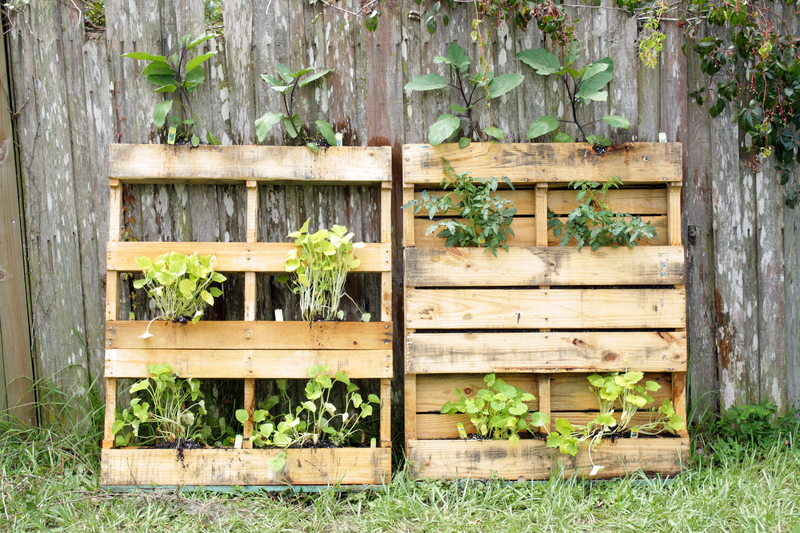Mini Skip Overview
Posted on 02/09/2024
In today's waste management landscape, mini skips have become an essential solution for efficiently handling small to medium amounts of waste. Whether you are renovating a room, conducting a spring cleaning, or handling a small-scale commercial project, mini skips offer a practical and eco-friendly way to manage waste. This article will offer a comprehensive overview of mini skips, including their benefits, considerations, and best practices.
What Are Mini Skips?
Mini skips, as the name implies, are smaller versions of traditional skips typically used for waste management. They generally come in sizes ranging from 2 to 4 cubic yards, which equates to about 2 to 4 standard wheelie bins. This makes them perfect for projects that produce less waste, ensuring you don't pay for space you don't need.

Advantages of Using Mini Skips
1. Convenient Size
The compact nature of mini skips makes them ideally suited for residential projects, where space can often be limited. They fit comfortably in driveways or even on the street, provided you have the necessary permits.
2. Cost-Effective
Given their smaller size, mini skips are often more affordable than their larger counterparts. This is particularly beneficial for homeowners and small business owners who are looking to manage their budget without compromising on quality.
3. Environmentally Friendly
Using mini skips encourages the efficient and responsible disposal of waste. Many mini skip hire companies follow eco-friendly practices, ensuring that a significant portion of the waste collected is either recycled or composted.
Cons of Using Mini Skips
1. Limited Capacity
The primary limitation of mini skips is their smaller size, which restricts the amount of waste you can dispose of in one go. This makes them unsuitable for large-scale projects that generate a significant volume of waste.
2. Permits and Regulations
In some locations, you may need a permit to place your mini skip on public property. Acquiring these permits can sometimes be a hassle, depending on local regulations.
Tips for Effective Use of Mini Skips
1. Segregate Waste
Before filling your mini skip, make sure to segregate your waste into recyclables, compostables, and non-recyclables. This will make it easier to manage the disposal process and recycle as much material as possible.
2. Avoid Overfilling
It's crucial to monitor the filling level of your mini skip to ensure it does not exceed the maximum loading height. Overfilled skips can pose safety hazards and may attract additional fees from the hire company.
3. Choose the Right Location
Placement is key when using mini skips. Ensure that you position the skip in an accessible location that doesn't obstruct walkways or driveways. If placed on public property, remember to secure the necessary permits.

Takeaways
Mini skips are a versatile and cost-effective waste management solution, particularly suitable for smaller projects. Their compact size and affordability make them an excellent choice for residential use and small-scale commercial activities. While they do have some limitations, such as restricted capacity and potential permitting requirements, these can often be managed with proper planning.
Conclusion
In conclusion, mini skips offer a practical, affordable, and environmentally friendly way to handle waste for small to medium-sized projects. By following best practices and tips for efficient use, you can ensure that your waste disposal process is smooth and hassle-free. Understanding both the pros and cons will help you make informed decisions, making mini skips a valuable tool in your waste management arsenal.


 office@benandjerry.org.uk
office@benandjerry.org.uk https://benandjerry.org.uk/
https://benandjerry.org.uk/

